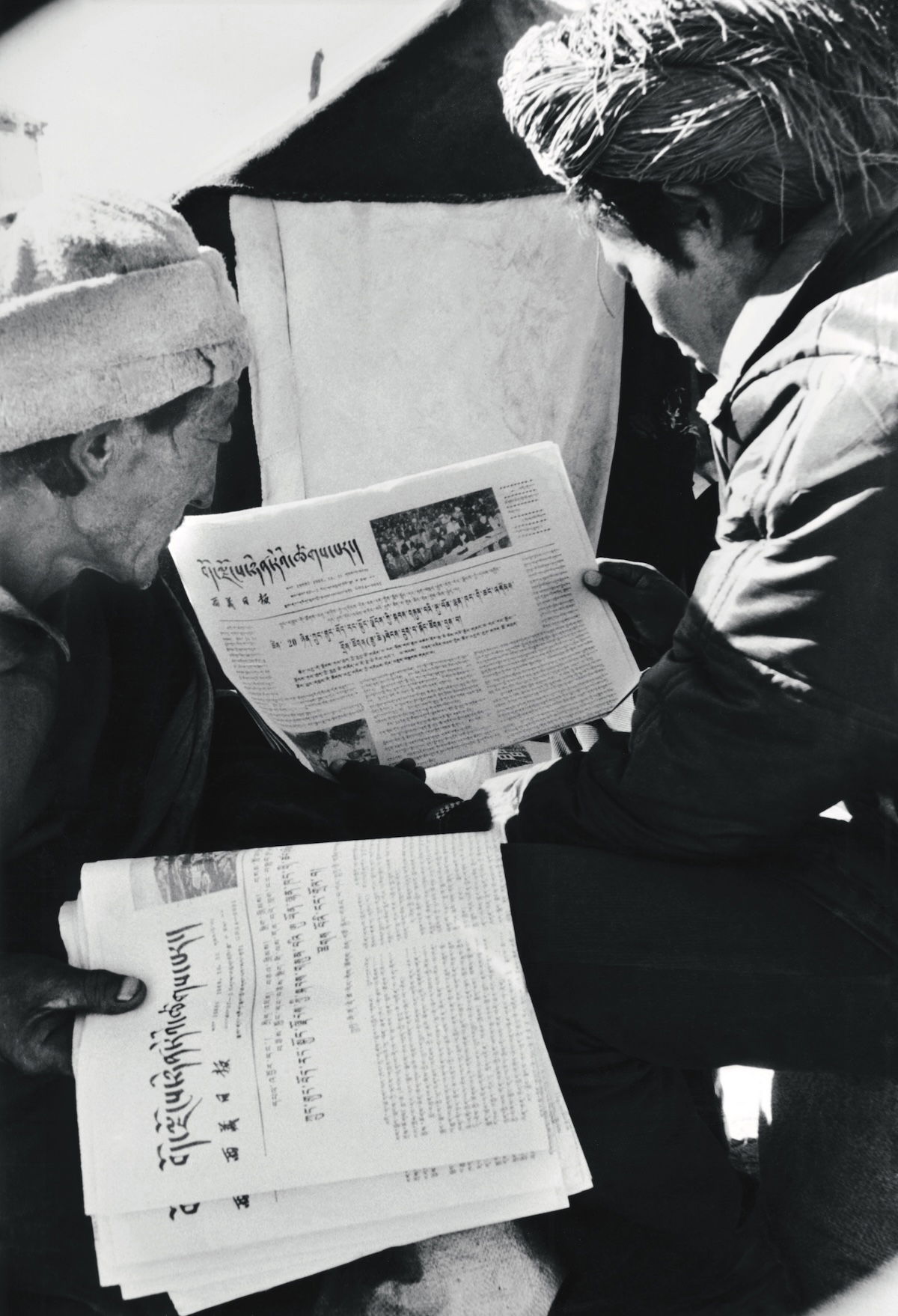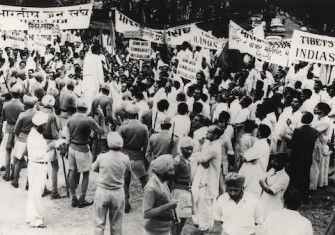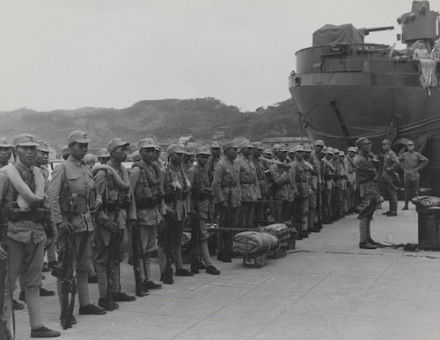Tibet: History Across the Himalayas
How can historians of Tibet – a region whose history is tightly controlled by the Chinese authorities – gain access to its recent past? Comparing newspapers from either side of the Himalayas might offer a way in.

‘As the backdrop to all scholarly research stands the archive’, wrote the historian of science Irving Velody. He might have added that, for historians of the recent past, oral histories and memoirs are of similar importance. Those resources are available in many, perhaps most, places in the world; a researcher can simply travel to that place and find them. But what can a historian do if access to an archive is not allowed, interviews are banned or too dangerous to undertake, and few, if any, reliable memoirs or biographies are permitted publication?







